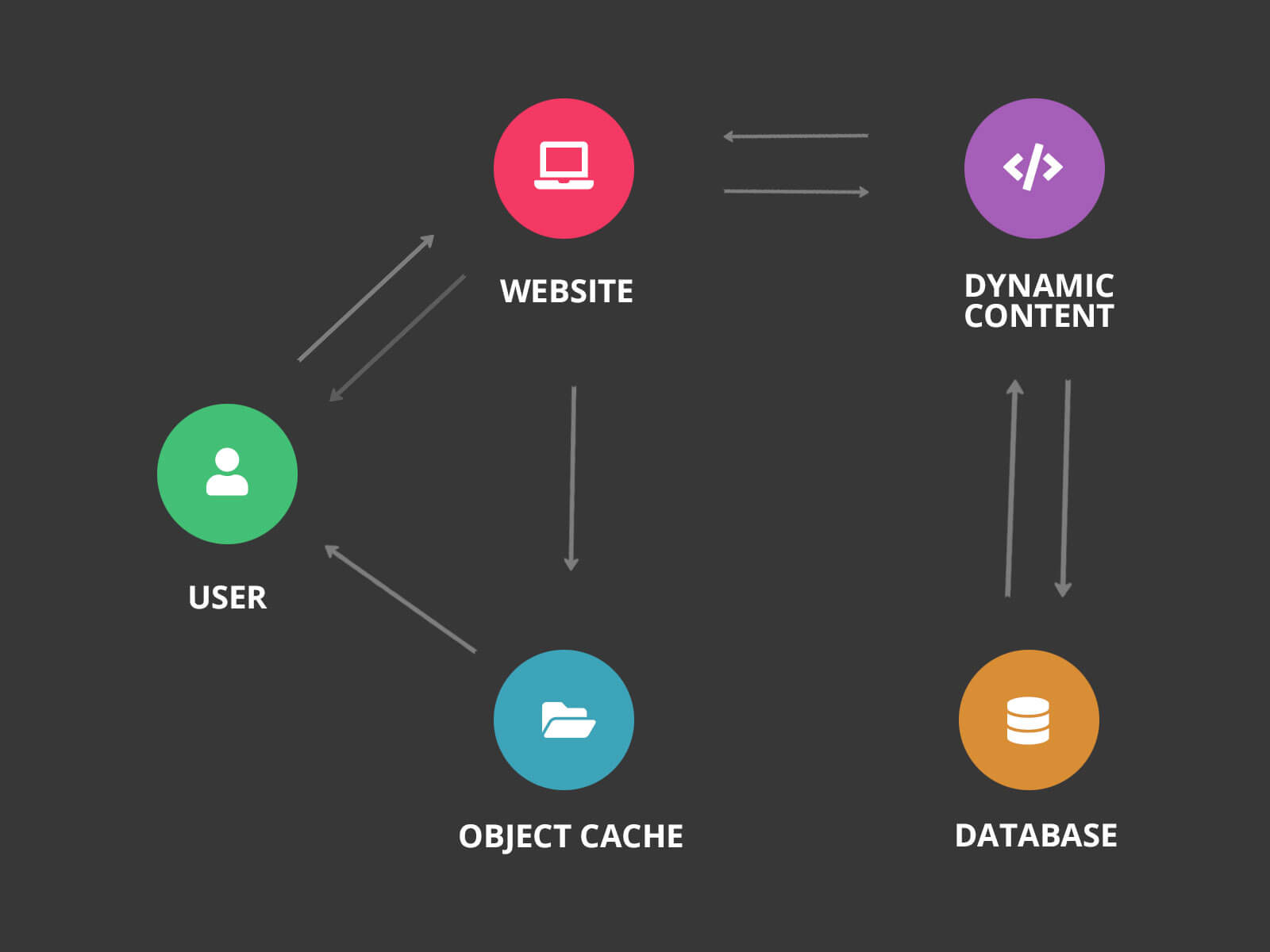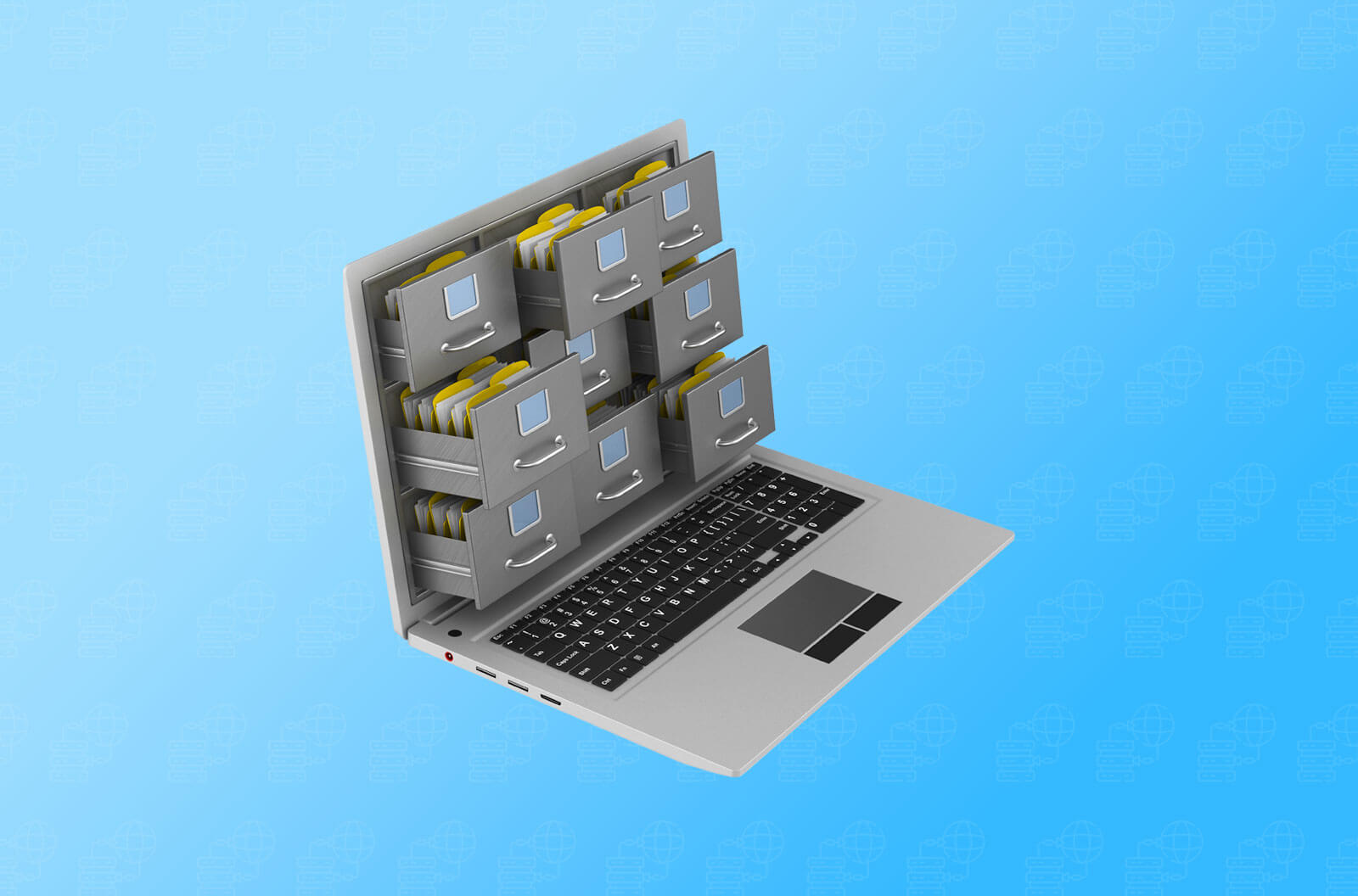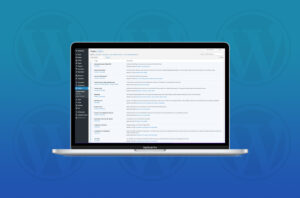In today’s fast-paced digital world, website performance plays a crucial role in attracting and retaining visitors. Slow-loading websites can lead to a frustrating user experience, causing potential customers to leave and resulting in missed opportunities for businesses. One powerful tool that can significantly boost website performance, especially for scalable websites, is Object Cache. In this blog post, we’ll delve into what Object Cache is, how it works, and the benefits it offers for larger and eCommerce websites.
What is Object Cache and How It Works
Object Cache is a server-side caching method that duplicates database query results to speed up data delivery. When a user accesses a website, the server stores the requested data in a cache. Subsequent requests for the same data are served directly from the cache, eliminating the need to query the database repeatedly. This process optimises PHP execution times and significantly reduces the server’s workload, leading to faster page loading times and a smoother user experience.

The Benefits of Using Object Cache:
The advantages of Object Cache are numerous:
- Lightning-fast Data Access: By accessing cached content in microseconds, Object Cache enhances website responsiveness and performance.
- Reduced Server Workload: Caching minimizes the number of database queries, ensuring that servers can handle high traffic volumes without slowing down.
- Enhanced Scalability: Object Cache is particularly beneficial for scalable websites, as it allows them to efficiently manage increased user demand.
Why Larger Websites Use Object Cache
For larger websites with high traffic volumes, implementing Object Cache is crucial to maintain optimal performance. As user traffic increases, database queries multiply, and without caching, this can overload the server, leading to slow response times. Object Cache alleviates this strain by serving cached content, ensuring a seamless user experience even during peak periods.
Harnessing Object Cache for eCommerce Sites
eCommerce websites, with their complex databases and dynamic content, can significantly benefit from Object Cache. By reducing database queries and improving data retrieval, Object Cache enhances the overall shopping experience for customers. This can result in higher conversion rates and increased customer satisfaction, essential for eCommerce success.
How Object Cache Enables Efficient Website Scaling
As websites grow and attract more visitors, Object Cache becomes an indispensable tool for scaling efficiently. By reducing the burden on servers and handling multiple requests from cached content, websites can manage increased traffic without sacrificing performance. Object Cache allows websites to seamlessly scale and cater to a growing user base.
Object Cache Technologies
Memcached and Redis are two popular technologies used for Object Cache:
Memcached

Memcached is a user-friendly, open-source memory caching system that enhances the performance of dynamic content on various web applications by reducing database load. It efficiently manages data using key-value pairs, collecting objects from API calls, page rendering, or database cache, and stores them in dynamic memory or RAM.
In comparison to Redis, Memcached is more straightforward and beginner-friendly. This caching tool can handle any data size, even entire HTML pages. Each object in Memcached is allocated a key, raw data, and an expiration time. It can be used on a single server or across multiple servers and accessed via the Transmission Control Protocol (TCP).
When a web browser requests data, Memcached checks if there are any similar objects already cached. If so, it serves the saved content directly to the browser. If not, Memcached returns a status code indicating that the data is not cached, and the server queries the database to fetch the data and send it to Memcached.
Memcached automatically updates the object cache with the latest data whenever you make updates or remove content. If your server runs out of space, older data is overwritten to make room for new information. However, if you restart the server, the cached objects are cleared. During this rebuilding process, your server may experience an increased load temporarily.
Redis

Redis is an open-source caching solution that stores data in-memory and works with various data structures like strings, sets, streams, hashes, and lists. Its primary purpose is to reduce the load on your MySQL database.
Redis provides on-disk persistence, which means it stores data in durable storage like solid-state disk (SSD) to prevent data loss. Depending on your database size, Redis offers four persistence options: Redis Database (RDB), Append Only File (AOF), no persistence, and RDB + AOF.
Moreover, Redis has built-in replication that works asynchronously, allowing the duplication process to be non-blocking. This means the master server can continue running queries while the replicas catch up with partial resynchronisation or initial synchronization.
With Redis, you have the flexibility to adjust an object’s persistence by removing and reloading new data or applying updates when you restart the tool. Additionally, you can disable this feature if you have web pages with dynamic content. Thanks to these advanced features, Redis can handle sub-millisecond response times and efficiently process millions of requests per second for real-time websites.
Summary
Object Cache is a powerful tool that can transform website performance, especially for scalable websites and eCommerce platforms. By implementing Object Cache through technologies like Memcached and Redis, website owners can enhance user experiences, reduce server workload, and efficiently scale their businesses.
Ready to take your website’s performance to the next level? Implement Object Cache using Memcached or Redis and see the difference it makes in boosting website speed and efficiency. Enhance user experiences, reduce server load, and future-proof your website for scalable growth. Don’t let slow loading times hold your website back, get in touch today.




